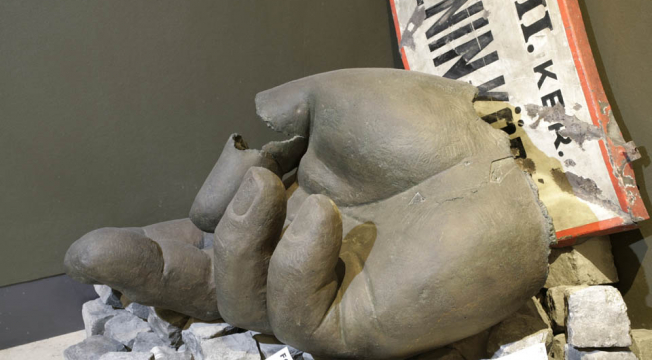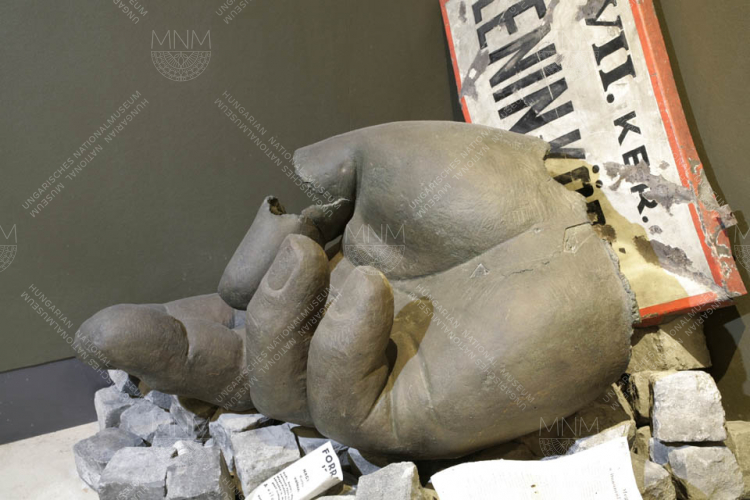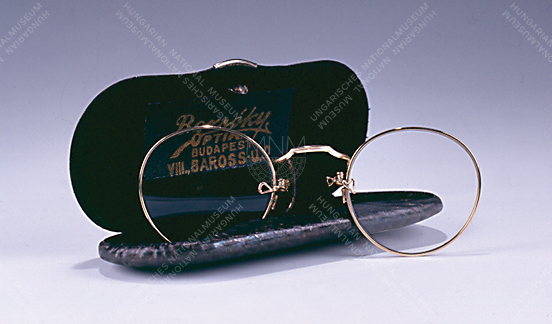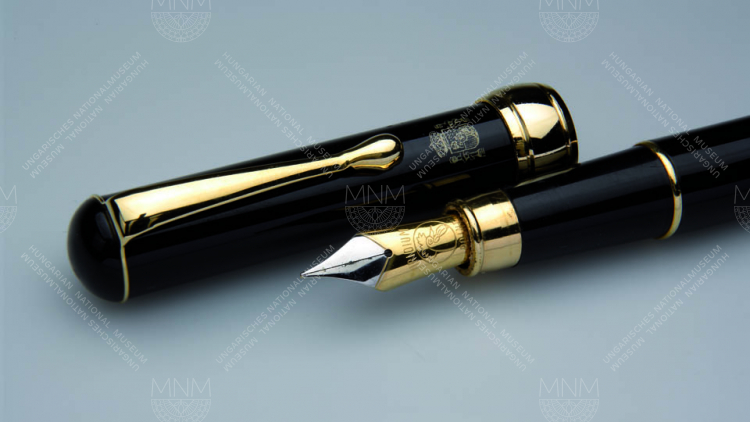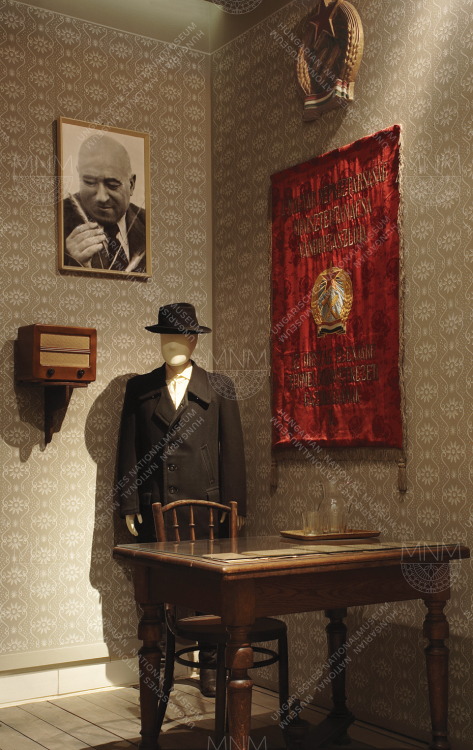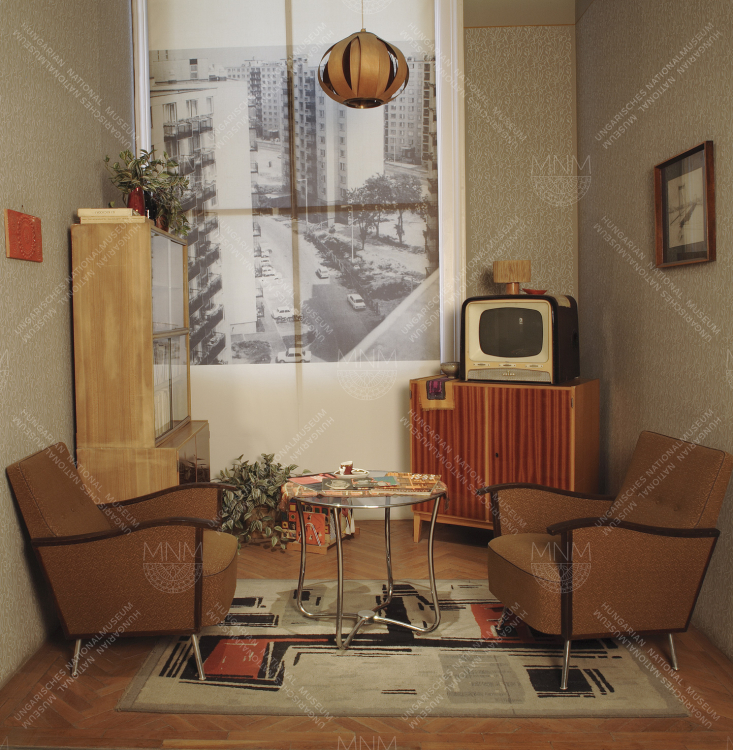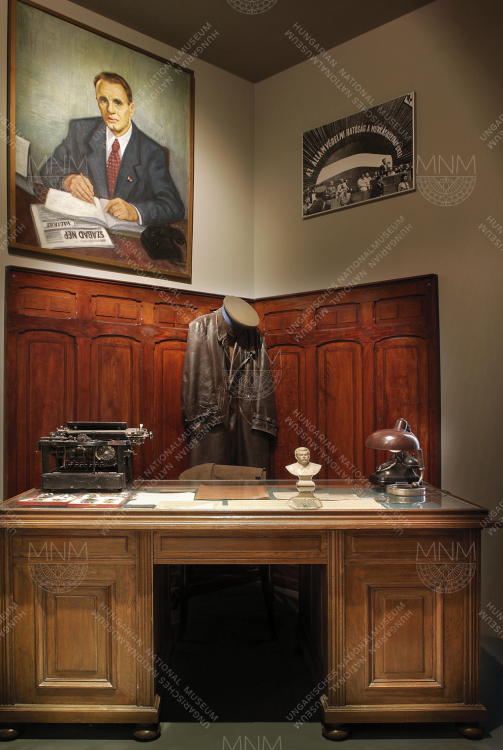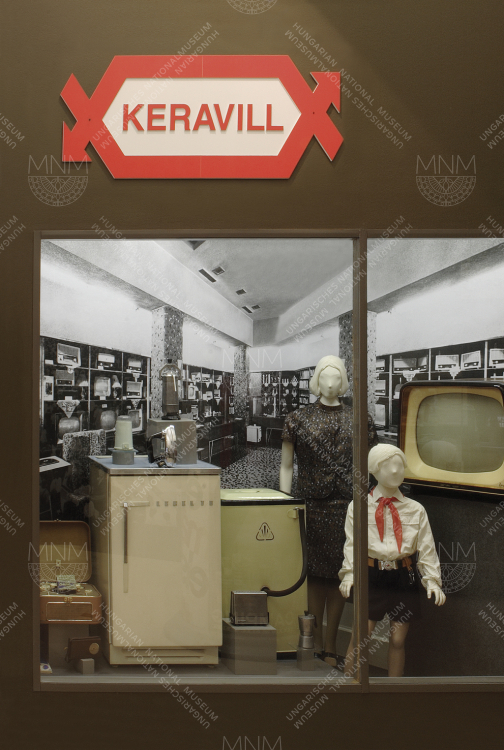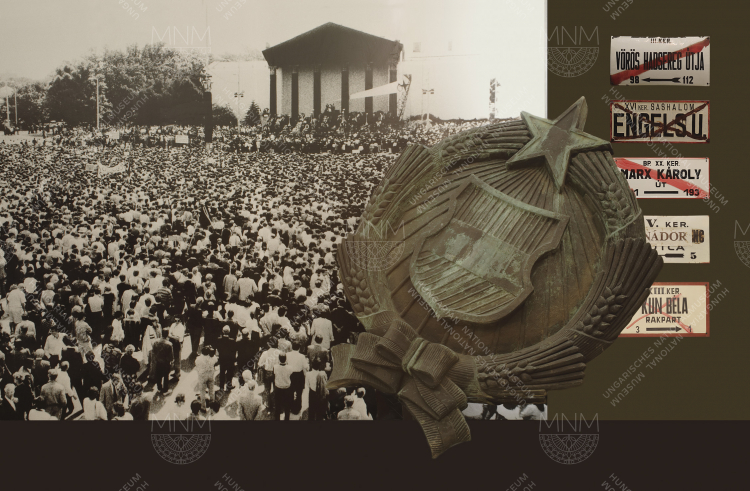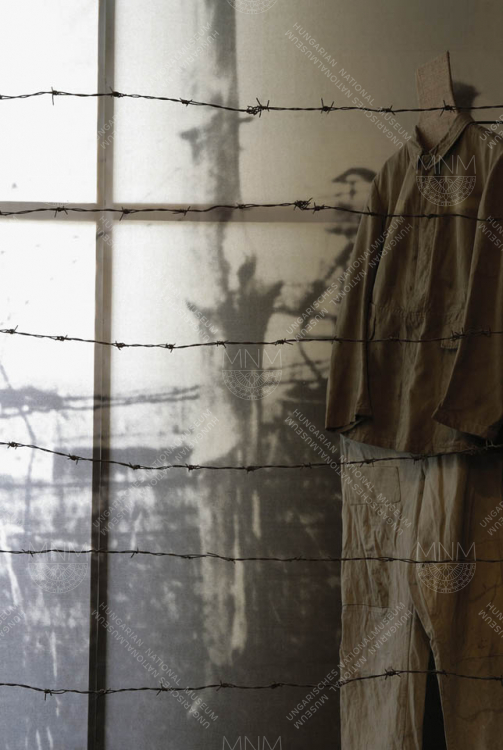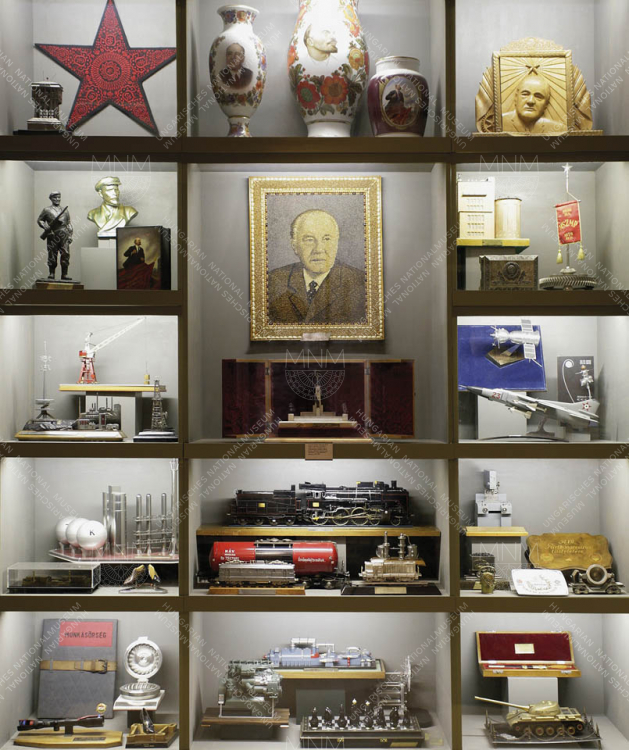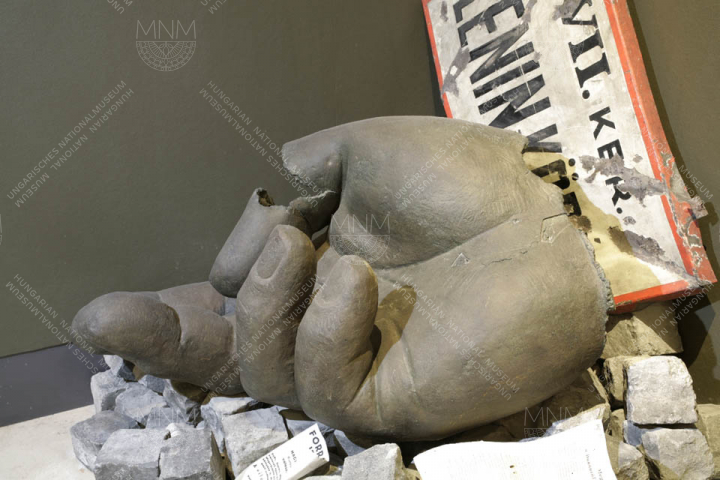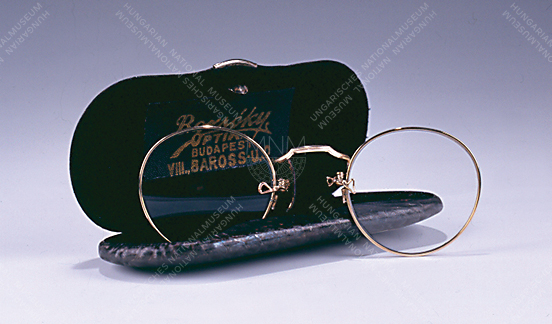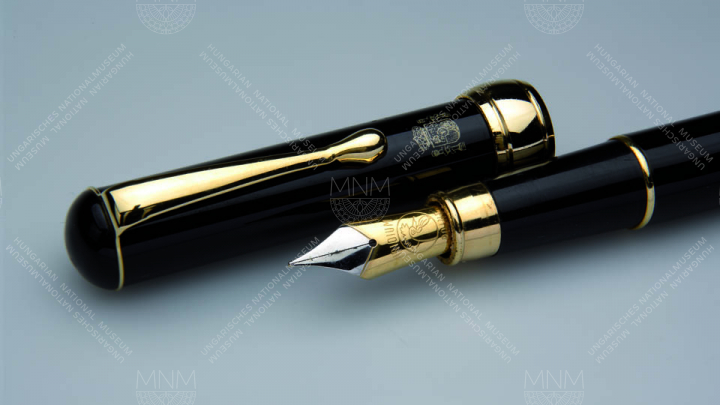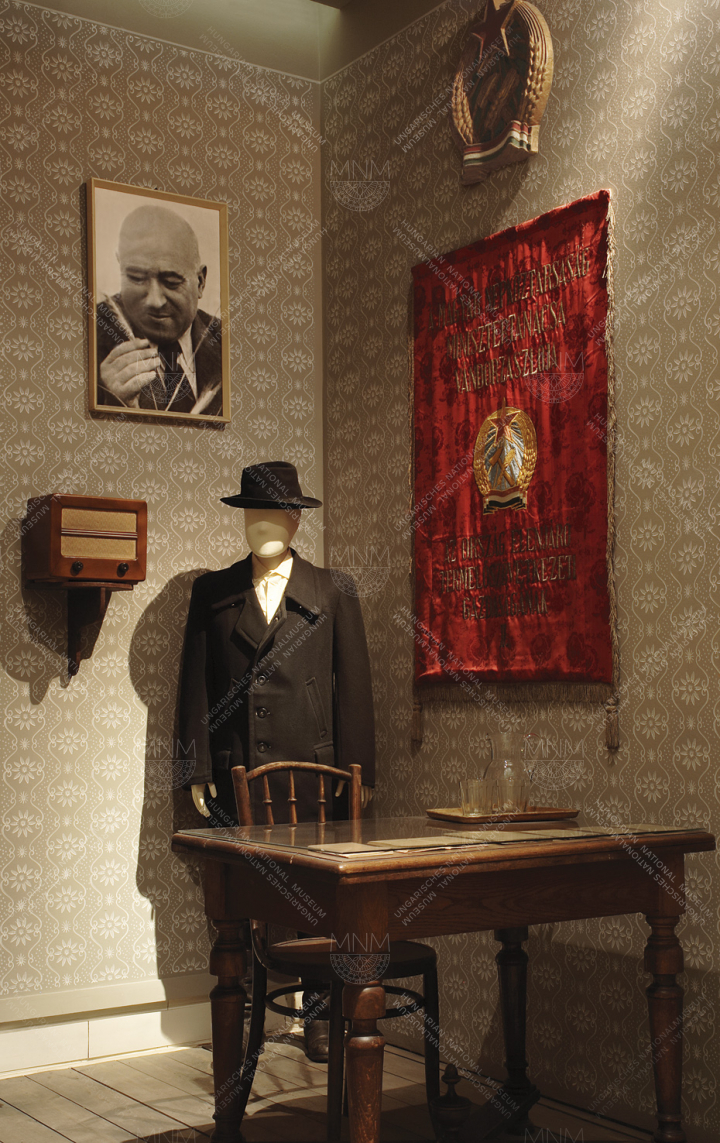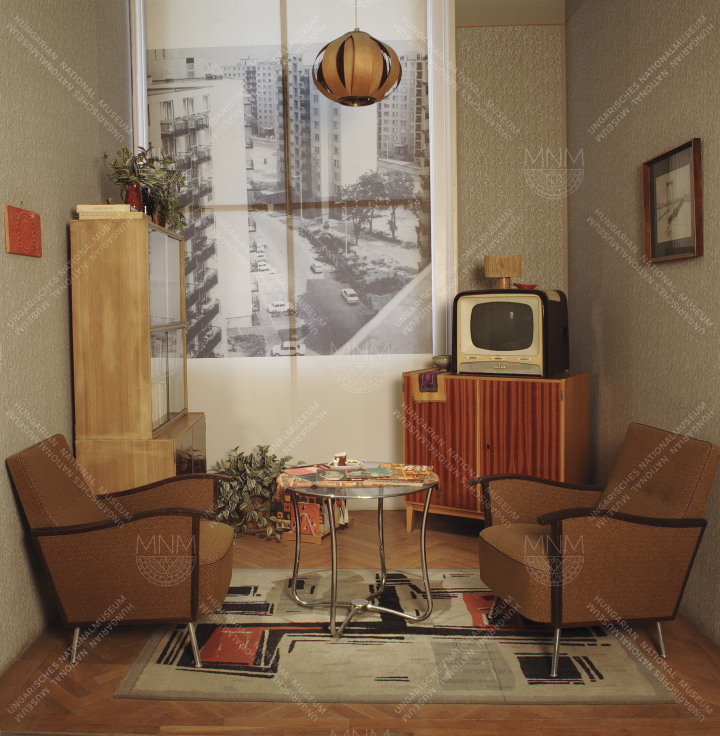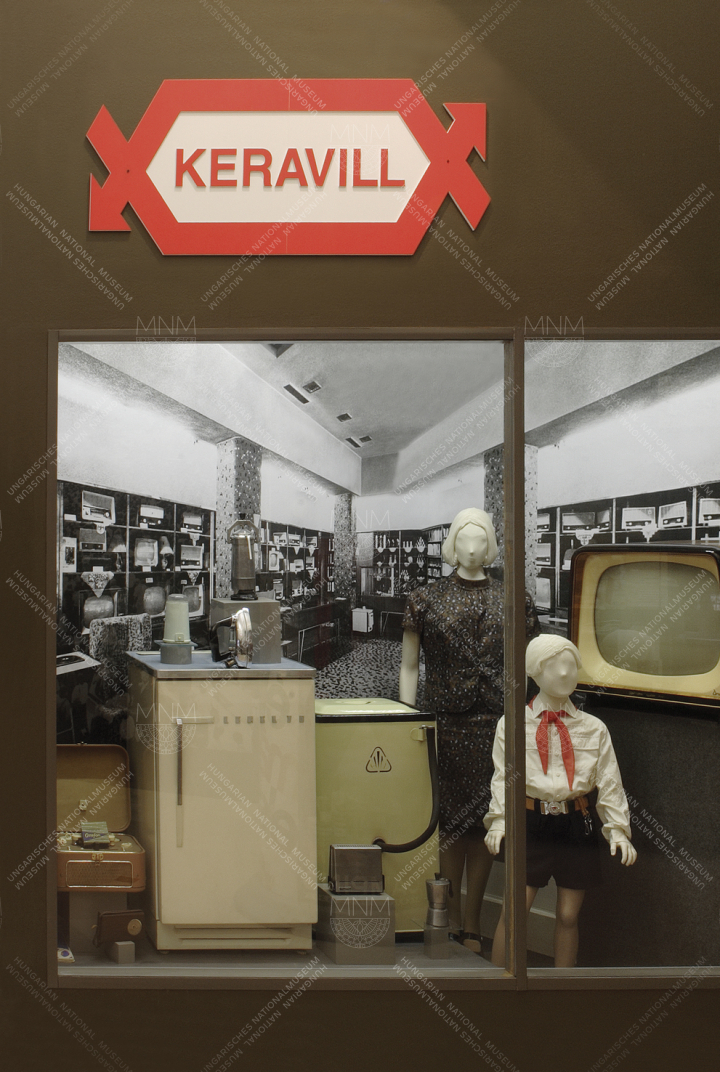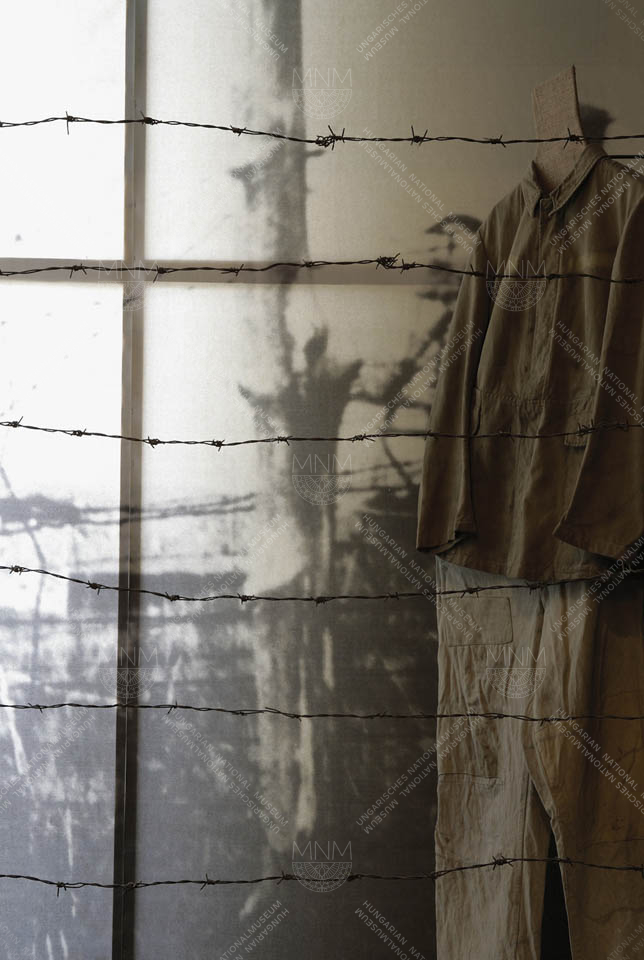
Room 20
In the last part of the permanent exhibition enterieurs lining the walls can tell about the period of 1945-1990 up to the change of the Communist regime. The units can help the visitors visualize the cult of personality of the first half of the 1950s, and the period pressurized by the over-development of the heavy industry, the founding the of cooperatives and show trials. The Kádár era is characterized by the reprisal after the events of the 1956 revolution, the consolidation of the system and the first free elections.
Interesting facts:
- Only one person could escape from the work camp of Recsk and go to Western Europe to tell about his experiences about the secret place to the press. The camp worked from 1950 to 1953 and was based on the Soviet’s Gulag model.
In August and September of 1989 the Hungarian government opened the Austrian borders to the tourists from East Germany despite the fact that more than 10 000 Soviet soldiers had been stationing in the country. A piece of the iron curtain dividing the Western and Eastern Blocs of Europe is on display in the exhibition.







